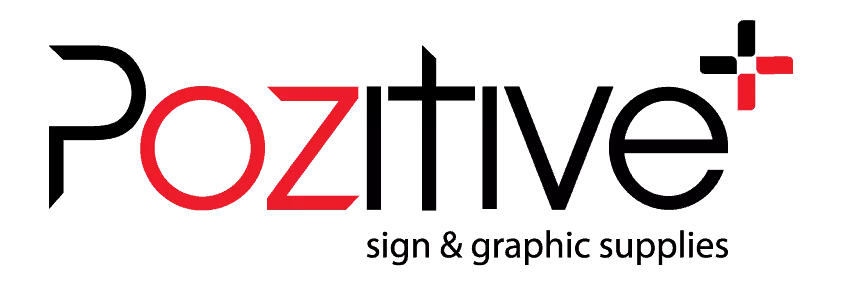From craft to precision.
124 years of flag making evolution.
A story of innovation.
On September 3, 1901, the first Australian flag was raised over Melbourne's Royal Exhibition Building. Large sewn flags typical of the period used worsted wool bunting and appliqué. Today, digital workflows and dye sublimation are common across polyester textiles.
-
1901September 3, 1901 • Melbourne
Hand sewn heritage.
The first Australian flag, a large 5.5 × 11 metre flag, was unveiled above Melbourne's Royal Exhibition Building. Construction reflected practices of the time, with elements cut and sewn for durability and visibility.
-
1930s1930s to 1970s • Global innovation
Screen printing arrives.
Industrial screen printing transformed production, enabling consistent reproduction across cotton and early synthetics. It excels at bold spot colours with clean edges, which suits national flags with distinct colour blocks.
-
1970sBy the 1970s • Industrial adoption
Sublimation transfer gains ground.
Sublimation transfer printing saw broad uptake for polyester textiles, with heat and pressure turning solid dye into gas that bonds within the fibre. Digital control expanded through the 1990s.
-
1990s1990s to 2000s • Digital precision
Computer control scales quality.
Digital printing systems improved accuracy in colour reproduction and positioning, reducing human error in critical geometric layout and repeatability across runs.
-
Today2020s • Today
In practical terms.
Dye sublimation is widely used for polyester flags. Typical outdoor life is around 6 to 12 months when flown daily, depending on wind, sun and care. Taking flags down overnight and during strong winds can extend life. UV stable dyes and suitable weaves help colour retention, but fading and wear still occur in outdoor conditions.
Technology comparison.
Each manufacturing method offers different strengths depending on application, budget and run size.
The science of sublimation
Under heat and pressure, solid dye crystals transform into gas and penetrate polyester fibres at a molecular level. The colour sits within the fibre rather than on top, which supports wash and abrasion resistance.
Outdoor conditions
UV and wind exposure vary widely by location. Choose outdoor rated polyester around 110 to 150 gsm suited to local wind conditions, and plan care routines like lowering flags during strong winds to extend service life.
Precision and standards
Digital workflows support consistent geometry and colour to official construction specifications or artwork guidelines. For critical applications, follow the spec and quality check finished flags against it.
Questions answered.
Dye sublimation bonds colour within polyester fibres, which helps with wash and abrasion resistance, and it enables full colour artwork. In outdoor sun and wind it will still fade and wear, so plan for roughly 6 to 12 months of life with daily flying, longer with careful use.
Modern digital workflows reproduce elements to official construction drawings or brand guidelines. Consistency is high when specifications are followed and colour is managed through a calibrated process.
Single sided with show through keeps weight low for flight performance. Double sided flags are typically two prints with a blockout liner sewn between them, three layers total, so they read correctly both sides but are heavier and may not fly as easily.
A common range is 110 to 150 gsm outdoor rated polyester with a weave designed for sublimation. Fabric choice and local wind exposure affect flight and lifespan as much as print method, so match the fabric to the application.

